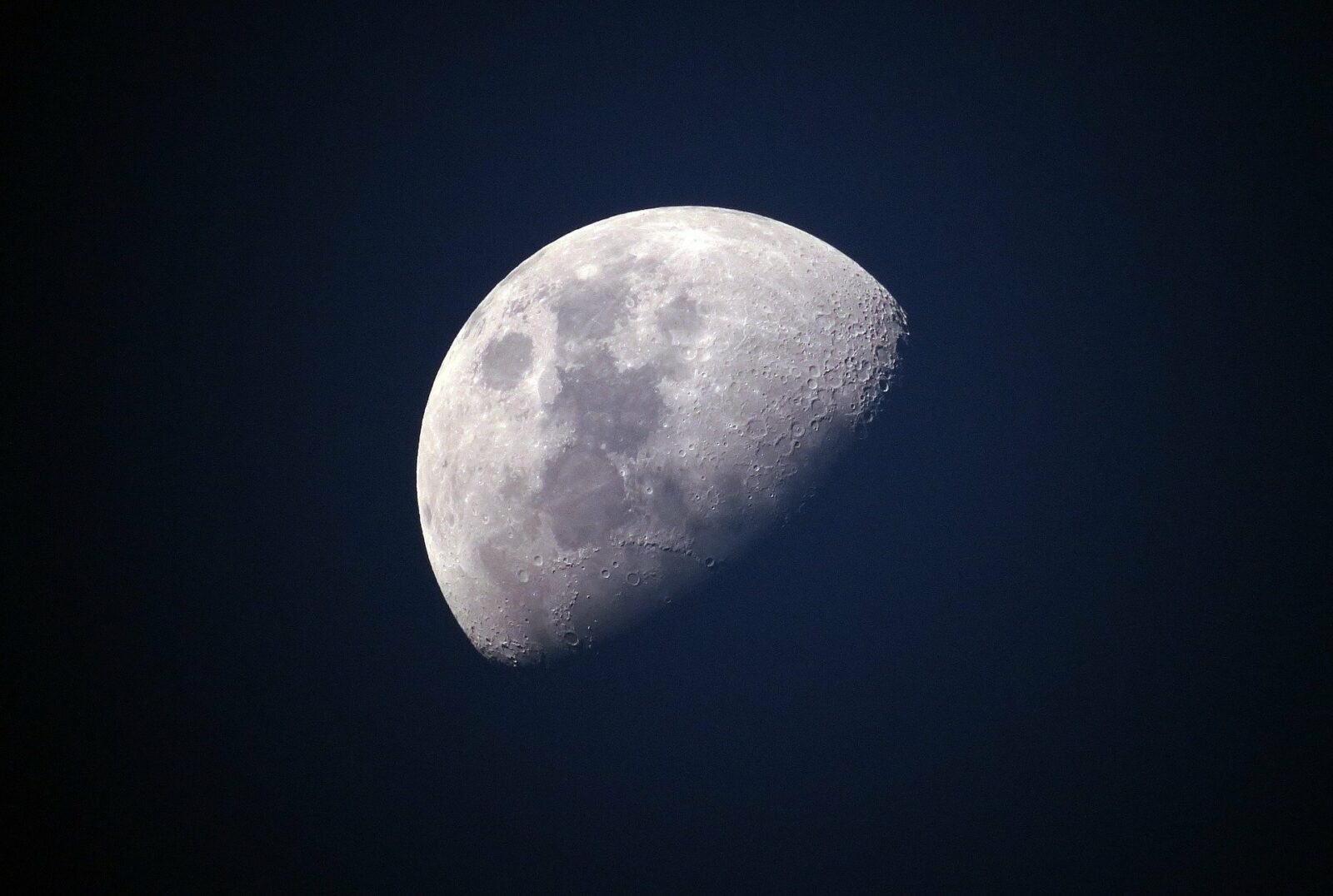It’s a true fact that both plants and animals are linked to the gravitational tides that are created by the sun-Earth-moon system. Cristiano de Mello Gallep at the University of Campinas stated that:
“All matter on Earth, both live and inert, experiences the effects of the gravitational forces of the sun and moon expressed in the form of tides. The periodic oscillations exhibit two daily cycles and are modulated monthly and annually by the motions of these two celestial bodies. All organisms on the planet have evolved in this context. What we sought to show in the article is that gravitational tides are a perceptible and potent force that has always shaped the rhythmic activities of these organisms.”
The data basically shows that in the absence of other factors, such as lighting or temperature, local gravitational tides are more than enough to organize the behavior of these organisms. This shows that many environmental factors are controlled, but the gravitational oscillations are not part of the equation. But they do continue to exist, and they may change the behavior of organisms.
The patterns shown are well-known by scientists – circadian rhythms are linked to the day-night or light-dark cycle. Some rhythmic cycles still go on even when the light is under laboratory conditions. Studies have taken a look at how persistent are tidal cycles when it comes to the behavioral patterns of crustaceans when they are not in their natural habitats. It has been shown that the pattern persists for several days and that it matches the lunisolar tidal timing from the site where they were collected.
The gravitational effect of the sun and moon are enough to cause the large-scale tidal fluctuations in oceans, rivers, and lakes, as well as the movement of the tectonic plates.












Leave a Reply